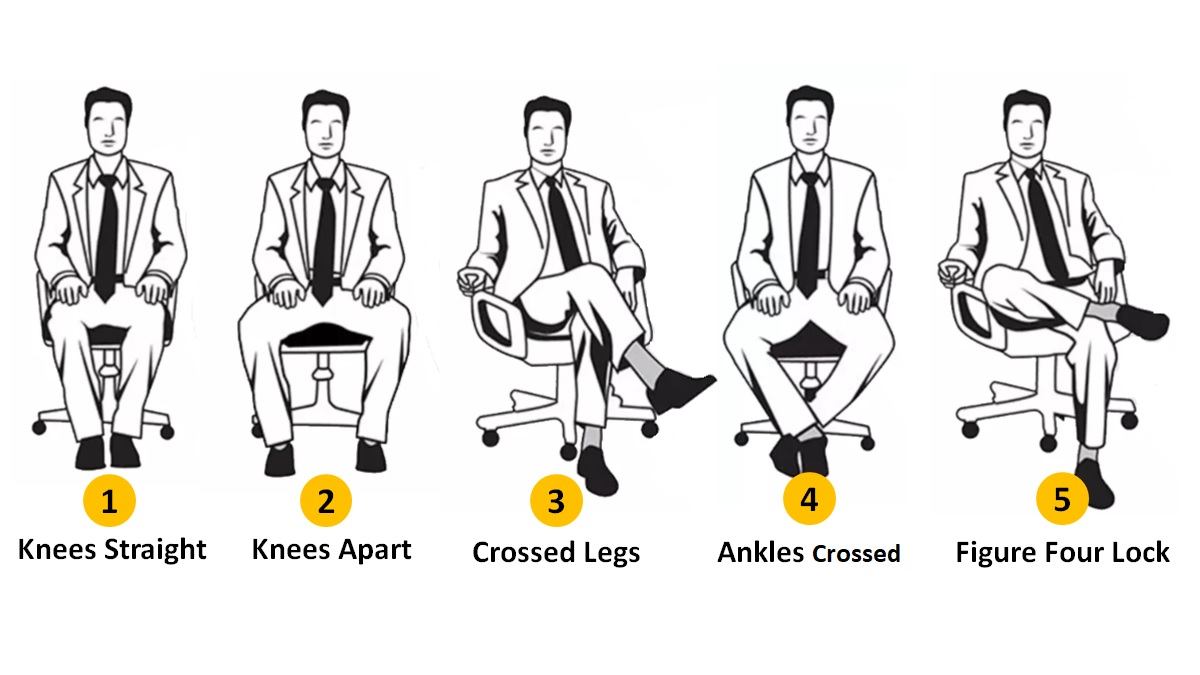
Have you ever thought about what your sitting position might be communicating to those around you? It might seem trivial, but the way we position our legs while sitting can actually say a lot about our personality, mood, and even our intentions. Let’s dive into the intriguing world of nonverbal communication and explore what different sitting positions might indicate.
1. Legs Crossed: The Classic Cross This is perhaps one of the most common sitting positions. Crossing one leg over the other can indicate a variety of things. Generally, it’s seen as a sign of sophistication and professionalism. However, it can also suggest that you’re feeling slightly guarded or defensive. If the top leg’s foot is pointing towards someone, it might mean you feel comfortable with them or you’re interested in the conversation.
2. Ankle on Knee: The Figure Four Often perceived as a more masculine or dominant pose, this position, where one ankle rests on the opposite knee, can indicate confidence and assertiveness. It might also suggest that you’re quite open to the conversation and comfortable in your surroundings. However, in some cultures, it’s considered impolite to show the sole of your shoe, so context is key!
3. Parallel Legs: The Straight Shooter Sitting with both feet flat on the floor and legs parallel can suggest that you’re feeling grounded and focused. It’s often the posture of choice for professionals during meetings as it indicates readiness and respect.
4. Knees Together, Feet Out: The Shy Position This position, often more common among women, where the knees are together but the feet are splayed out, can suggest a certain shyness or reticence. It might indicate that you’re feeling a bit unsure or protective of yourself in the current setting.
5. Leg Wrapping: The Twine Wrapping one leg around the other so tightly that it almost seems like one leg is trying to disappear, might indicate a reserved personality or a reaction to a particularly uncomfortable situation. It’s a more extreme form of the classic leg cross, showing a potentially heightened level of discomfort or self-restraint.
Deciphering Body Language While these interpretations can give us a general idea of what different sitting positions might mean, it’s important to remember that body language can be highly personal and contextual. Cultural background, individual personality, and the specific situation can all influence the way we sit and the messages we convey through our posture.
So, the next time you’re in a meeting or at a social gathering, take a moment to observe not just what people are saying, but how they’re sitting. It might give you an additional layer of insight into the conversation!





